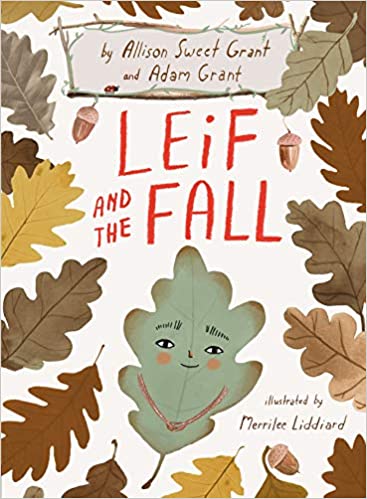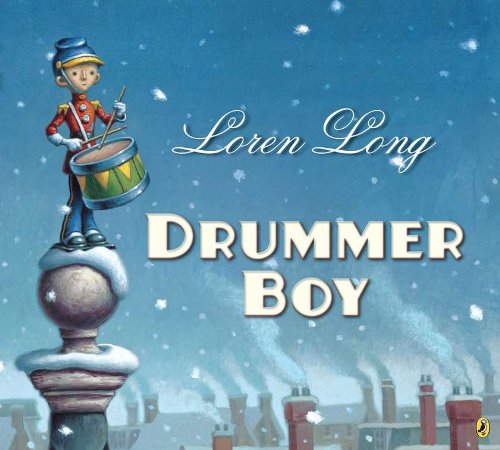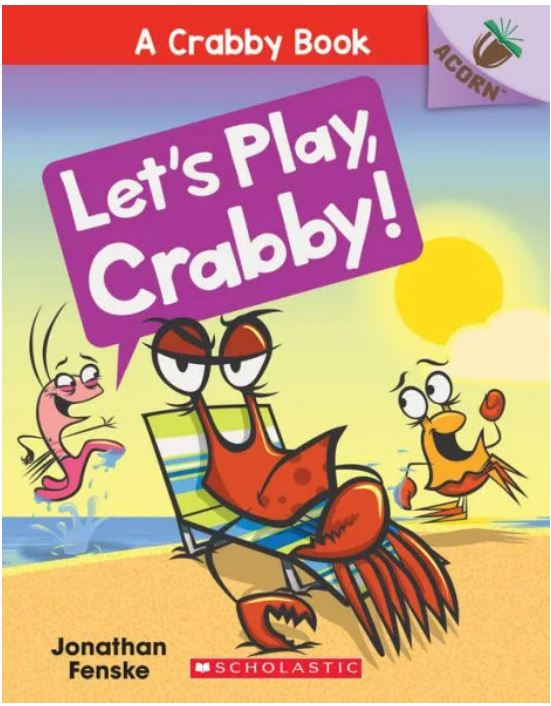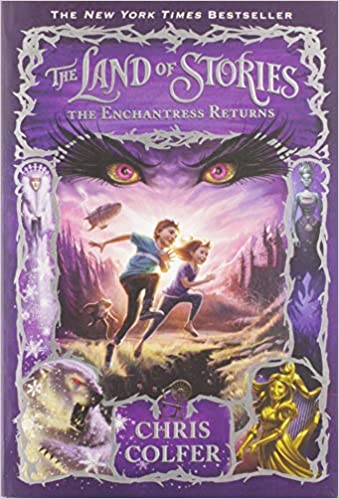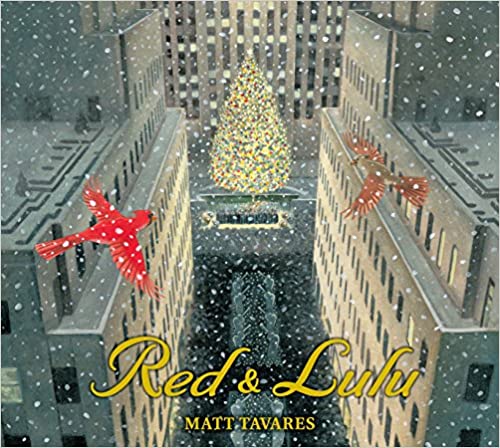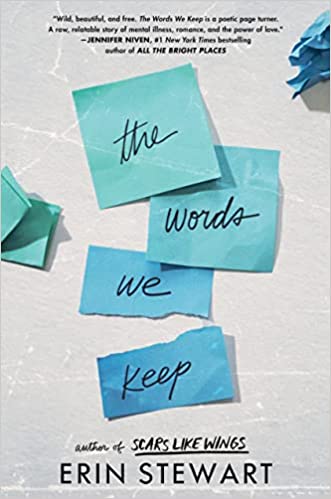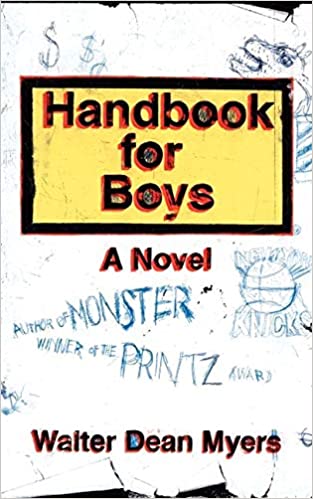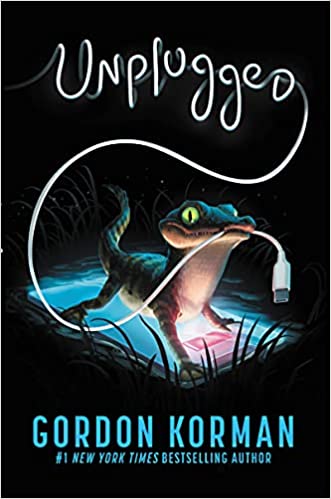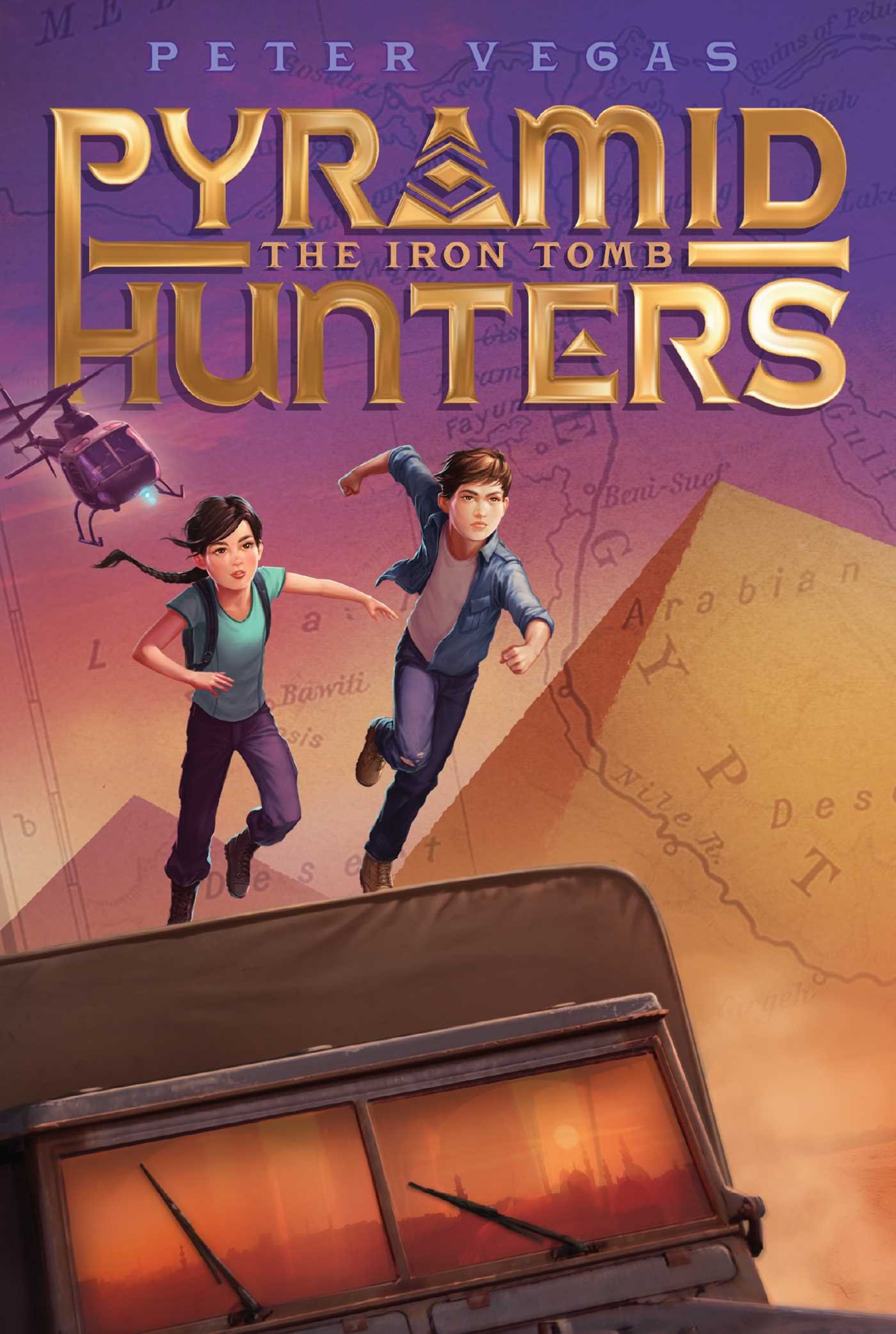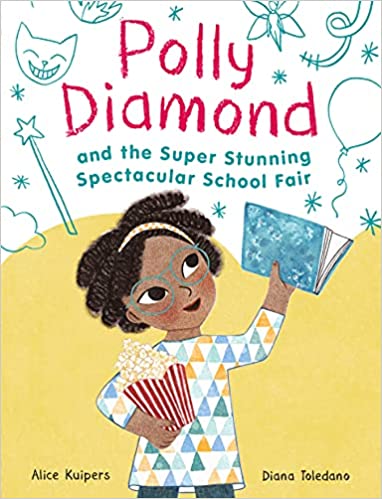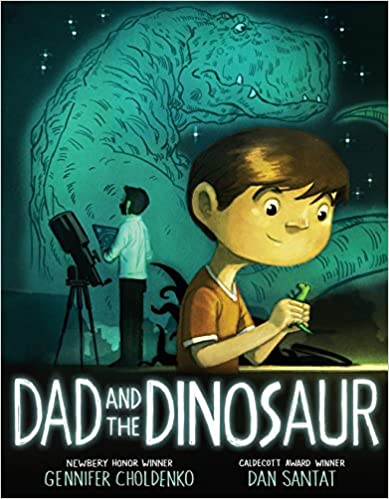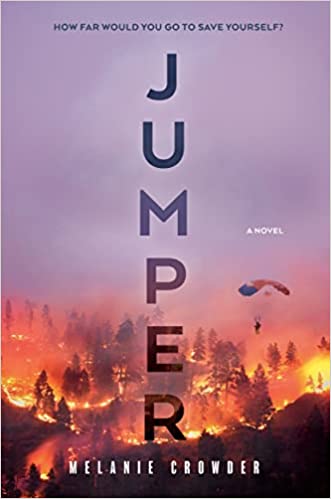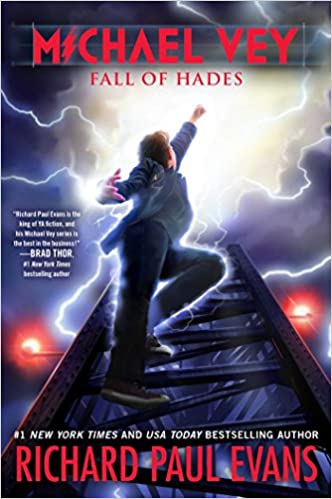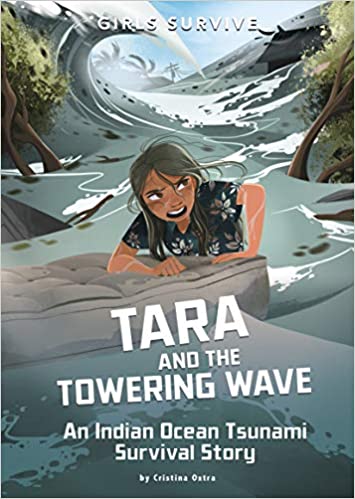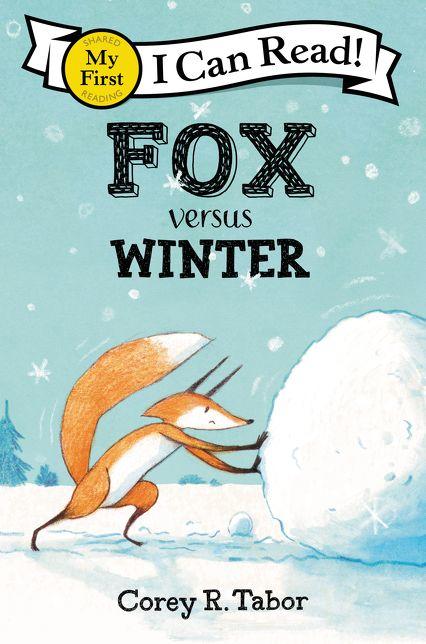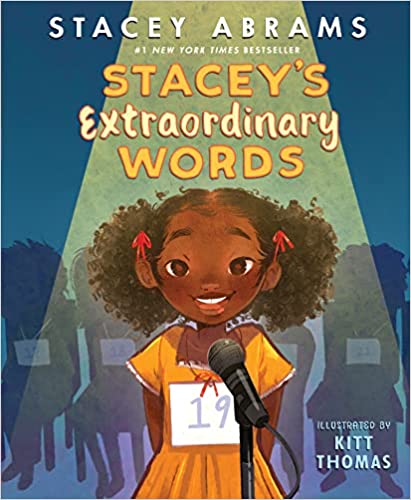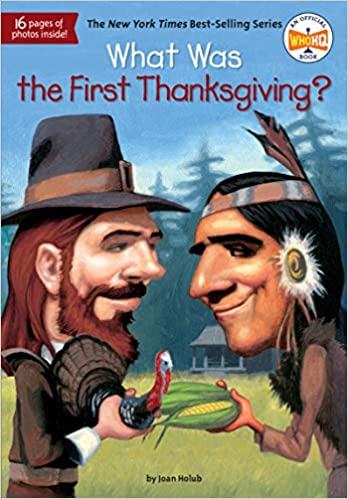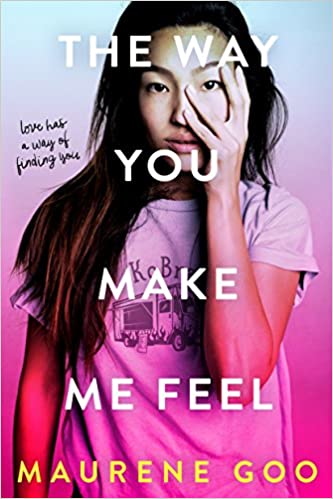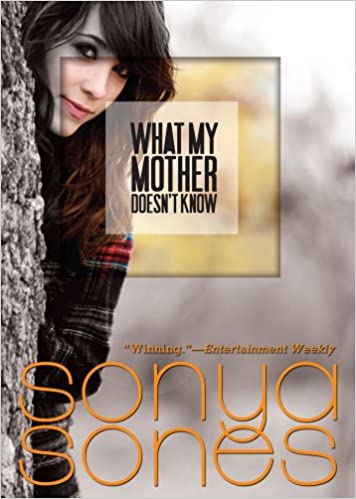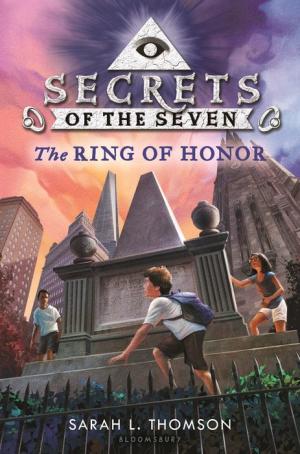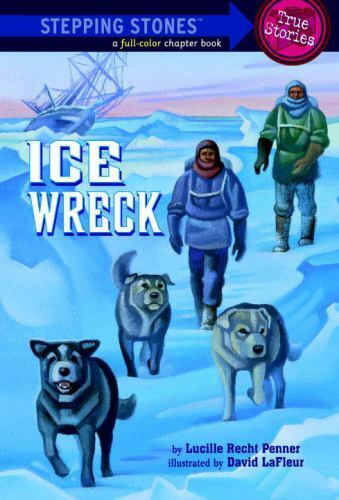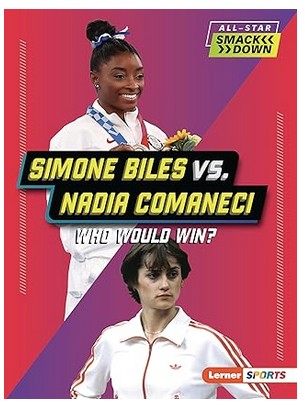Part Ojibwe and part French, eighteen-year-old River lives on a farm with her mother and stepfather. After graduating high school, she looks forward to spending her last summer before university with her friends, but she struggles with her identity after years of racist bullying. On top of this, she must deal with doubts about her relationship with her boyfriend, as well as her stepfather’s violent tantrums.
When River’s mother reveals that she’s been seeing someone else, River supports her. But when River’s mother tells her that she wants them to leave in the dead of night and move in with her new boyfriend, River feels conflicted and angry. After a conversation with her mother turns heated, River buys a bus ticket to Calgary to stay with a friend. On the way, she is intercepted by a call from her dad, who invites her to stay with him instead. River agrees, and so begins a summer in the city with her father and grandmother, both of whom are Ojibwe. While staying with them, River learns about the lives of people in her community and grows especially close to her grandmother (or nokomis), Grace.
Over the summer, River encounters new situations. She joins a healing circle. She goes to her first bar with her dad and, later that night, her first North Side party. She learns about the intergenerational effects of residential schools and other issues facing the Ojibwe community. Eventually, River attends a powwow. At the afterparty, River gets drunk and witnesses a knife fight between two gang members. Not thinking straight, River takes pictures of the fight, including a selfie in front of it that prominently displays her red bandana. When she posts the pictures online, they go viral and the comments are filled with threats from people who interpreted her bandana as gang affiliation. River panics, takes down the photos, and asks her family for advice.
But the damage has already been done. While coming out of a convenience store, she is attacked by two girls who want to be initiated into a gang. Although she is terrified by this incident, River chooses not to press charges after hearing their experiences during another healing circle. Later on, she shares an especially profound moment with her grandmother while they gather birch bark. At the end of the summer, River returns home with a new sense of self and a plan to major in Indigenous Studies.
Powwow Summer is ultimately an uplifting story that centers around River’s experience of learning about and growing close to her culture. But the novel doesn’t shy away from the struggles that can come with being indigenous. A prologue at the beginning of the book details the racist bullying that River endured in grade school. While the story doesn’t linger on this, River alludes to the bullying in a conversation with her mother, where River recalls being singled out by a racist elementary school teacher.
Another issue that frequently pops up in the background of the story is the issue of missing and murdered indigenous women. River feels her heart sink when she observes a team of volunteers dragging the Red River in search of a missing woman. This comes up again when River attends a healing circle and hears one of the members talk about his cousin’s recent suspicious death. The family believes it may have been an overdose, but the police do not seem to care. It is even revealed that the two girls who jumped River only did so because they believe a gang will offer them protection from “perverts and Indian killers.”
Also looming over the narrative is the memory of residential schools, where River’s grandmother and others endured years of abuse. River grows especially close to her grandmother and wonders how she is able to remain so strong despite such hardships. These three issues are far from the only issues that Powwow Summer tries to tackle. The novel includes a wide range of issues in less than 200 pages, and at times the scope may be a little too broad. Readers may find the plot complicated, but the various threads are woven together skillfully.
Powwow Summer is told through both conventional chapters and River’s journal entries, which are usually one to two pages long. River is a likable character with believable struggles, but she also witnesses many other peoples’ struggles, and some readers may be disturbed by these intense scenes. Ultimately, Powwow Summer is a powerful story about identity headed up by a likable and well-developed main character. Powwow Summer is best suited for readers interested in historical fiction or who want to learn more about Ojibwe culture.
Sexual Content
- When River tries to alert the teachers about the harsh bullying she receives from boys at school, the teachers say that boys teasing her means that they “like” her.
- While at the beach, River notices some younger teen boys gawking at her as she applies sunscreen to her friend’s back and observes that the towels in their laps seem “a little too strategic.”
- When River jokes about riding a horse in the Canada Day parade, her boyfriend tells her that it would add “sex appeal.”
- One of River’s friends denounces a potential love interest as not a “real lesbian.” Her friend says, “If you don’t like tacos, then go back to the hot dog cart already. I can’t be someone’s experiment.”
- River kisses her boyfriend several times.
- River brings a blanket to a day trip with her boyfriend. She intends to use it for a picnic, but adds “and then if you’re good, we’ll see what else we can do with, or under, it.” Nothing ends up happening at the day trip because River is a virgin and reluctant to have sex until she is sure that she is ready.
Violence
- When River leaves some of her equipment on the front porch, her stepfather Randy reacts violently by “smash[ing]” fine china “against the brick chimney beside the dinner table.” Blood “splatter[s]” on River and “drip[s] from his hand.”
- A grade school teacher singled out River. When River would talk in class, the teacher began “pok[ing]” her and “slapp[ing]” her.
- River witnesses a gang fight between two men. One “[holds] a knife to” the other’s throat. He does not actually cut the other man.
- After her post goes viral, two girls approach River in a store parking lot and attack her. One girl “[swings] her fist” and punches River. When River falls to the ground, the girls “[stomp] on River’s foot and calf.”
- River receives several online threats including one that warns her, “You are gonna wish you killed yourself, after you find out what they are going to do to you.”
Drugs and Alcohol
- In a flashback, River overhears two bullies say, “Indians are mostly drunk people on welfare.” The bullies speculate that River is “drunk at school” and that she “drinks Listerine and sniffs gasoline from a paper bag.”
- River’s friend relays that a party is going to have “lotsa babes and booze.”
- River’s stepfather drinks heavily.
- River’s father orders her a rum and coke from a bar.
- At a party, two girls do cocaine near where River is trying to sleep. They offer her some, but she declines.
- River gets drunk at a powwow afterparty.
Language
- Bullies at school refer to River’s eyes as “dogshit brown.”
- In a flashback, River gets called a racial slur by her peers.
- The word “shit” is used frequently throughout the narrative.
- “Bitch,” “slut,” “damn,” and “hell” are also used at times.
Supernatural
Spiritual Content
- At a youth night, River smudges herself with sage and wafts tobacco smoke from a bowl. The youth leader explains that the smoke carries prayers up to the Creator.
- River “ask[s] the Creator for a sign” or “something that would show her the path she was supposed to be on.”
